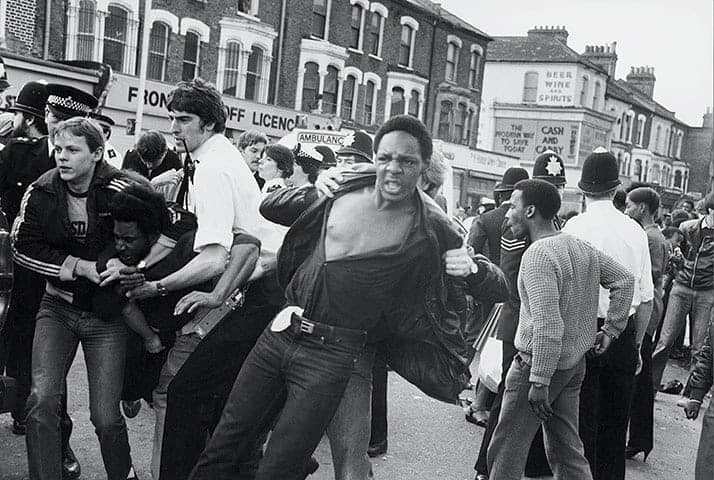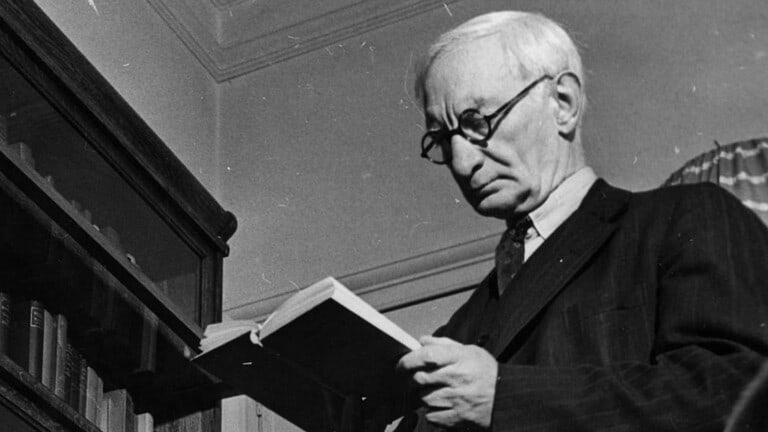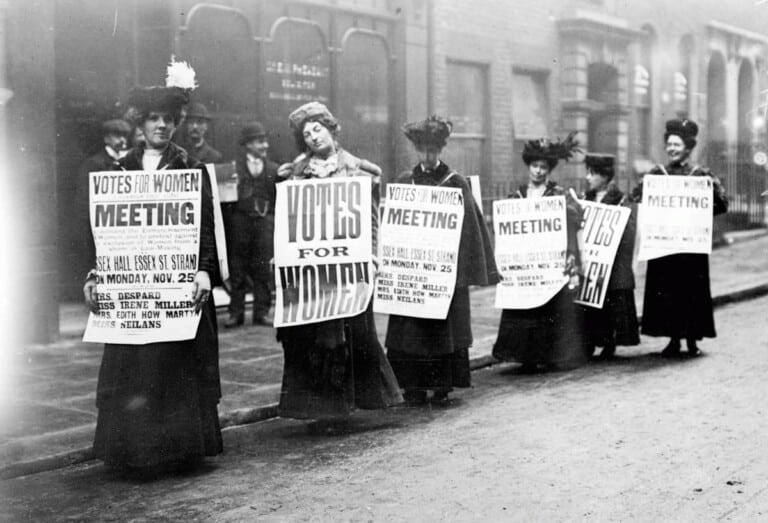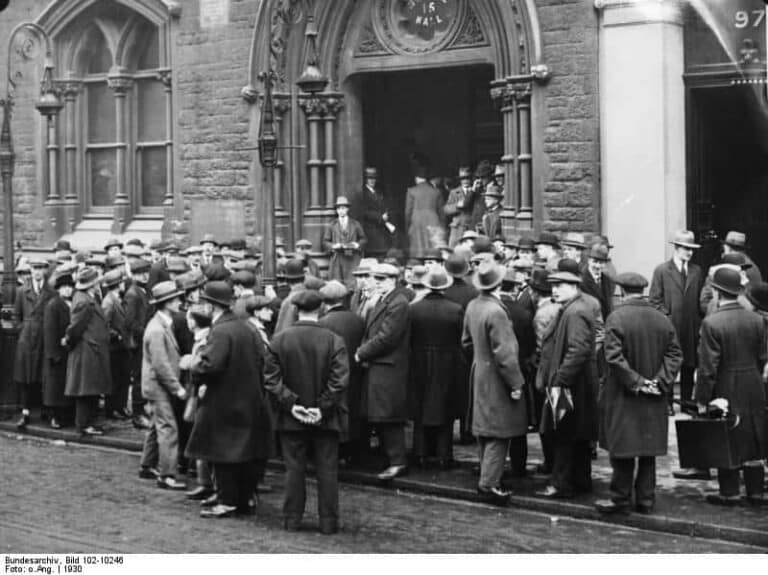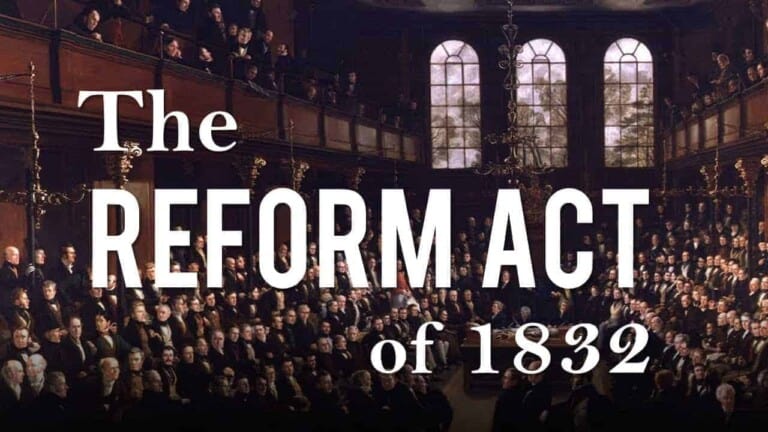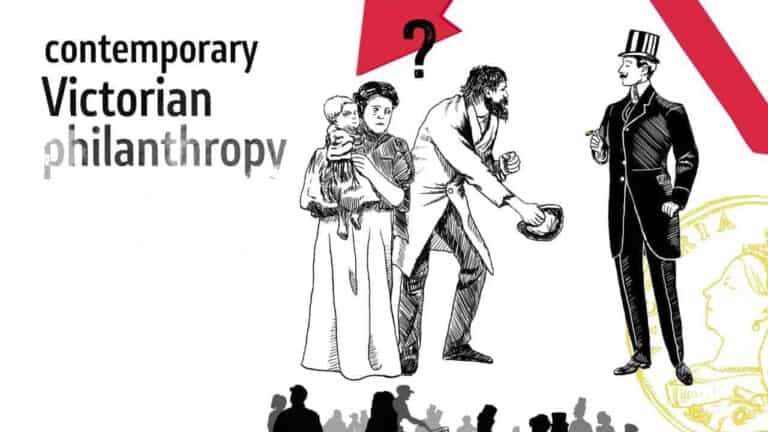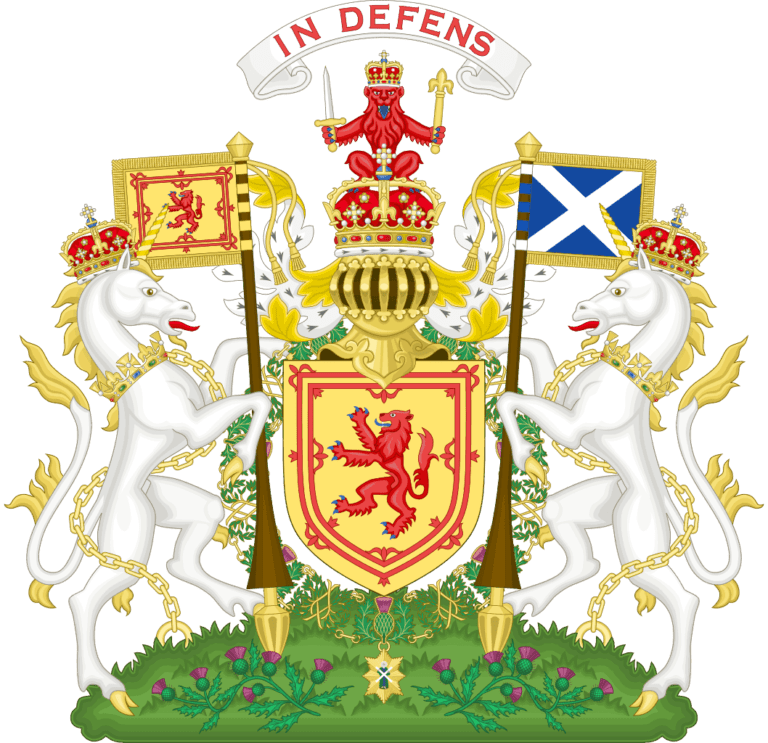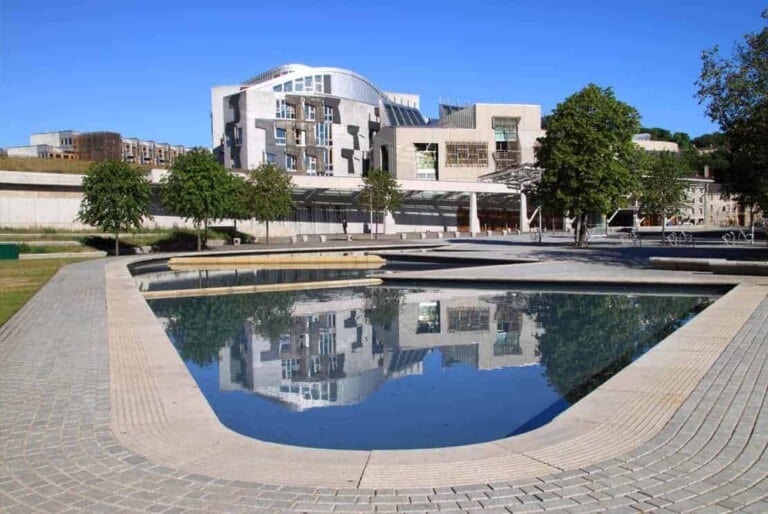Inequalities between women of different social categories are nothing new. Despite the effects of the Welfare State, there remained several inequalities right into the 1960s.
In the field of abortion for example, some managed to find a compliant doctor and the money to pay for the abortion and there were those who either were unable to find the means of terminating an unwanted pregnancy or who resorted to back street butchery.
The Family Planning Act was passed in 1967 and was to have a great effect on women’s lives. Abortion became more easily available: in 1968, 22,000 abortions were carried out in public hospitals; in 1969, the number reached 31,000. The figure for single women continued to rise in the 1970s and 1980s: in 1971, 44,300; in 1990, 116,200. However, for married women, the figure actually fell slightly during the same period (1971, 41,500; 1990, 38,200).
Young mothers have always had difficulties in returning to work, especially if they were unable to find a willing child-minder. One reason is that until the 1990s, children usually did not go to school until the age of 5.
And child-minding was usually quite expensive as the local authorities only provided a limited number of places. This was not surprising as successive Government policies had encouraged women to remain at home to look after the children rather than to enter the workplace.
The number of births to unmarried mothers remained fairly stable from the beginning of the 20th century until the 1960s at approximately 4% of the total of births. From the 1960’s onwards, the percentage doubled. Then followed a period of relative stability (due probably to the effects of The Family Planning Act). Later, the percentages rose (luring the 1980’s and 1990’s.

